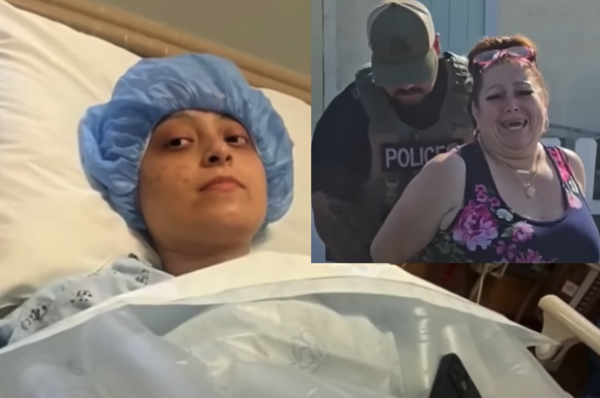A FREE exhibition that offers a fresh perspective on Scotland’s royal past uses a new photographic technique which has won artist Nancy Pinkerton international recognition.
She has mastered levitation photography to create magical scenes that depict the country’s monarchs from the Wars of Independence to the Union of the Crowns.
The series of images has been given an associate distinction from the Royal Photographic Society as well as an honourable mention in the international photography awards.
Pinkerton has also been given an honourable mention for a series she is working on about the Scottish witch trials, four of which will be included in her forthcoming exhibition in Edinburgh.
She told the Sunday National that the aim of Scotland’s Chequered Throne was to make history accessible and engaging.
Using playing cards, a chessboard and other objects, she has meticulously crafted compositions to symbolise the pivotal moments that mark the monarchs and succession of battles that have shaped Scotland.
A mixed media artist originally from Canada, Pinkerton has lived in Scotland for 18 years and is fascinated by the country’s history.
She said the idea for Scotland’s Chequered Throne had been sparked when she wanted to use a deck of cards to try out levitation photography.
“The only deck of cards I could find in the house was one that had Scottish monarchs on it and I decided I needed to do something really special, really interesting with it,” she said.
“I chose 15 kings and queens, starting with Alexander II because he signed the Treaty of York with Henry III of England and that helped define the Scottish/English border which has remained mostly intact since then, apart from Berwick upon Tweed and the debateable lands.
“I started there and decided to end with James VI who united the crowns of Scotland and England because after that the monarchs were no longer just kings and queens of Scotland.”
Pinkerton said she had changed the name of the exhibition from Scotland’s Game of Thrones to Scotland’s Chequered Throne as the word “chequered” reflected the turbulence of the past. It also refers to the fact that all the images are set on a chessboard and are displayed in alternating black and white mounts to look like a games board.
“And when you think of Scotland, you think of tartan, which is often described as being chequered, so I felt Scotland’s Chequered Throne was the perfect name,” she said.
As a result of her levitation technique, the objects in the photographs – some handmade by Pinkerton – look like they are floating.
“When I set up a photograph, I use something to support the objects in their place, then I take out all the supports and objects and take a background shot,” she explained.
“Then in photoshop I layer up the background shot and foreground shot and just take out things I don’t want and it gives this kind of magical effect.”
The chess king and queen are used in all of the photographs bar one which is about the absent Robert III, the great grandson of Robert the Bruce who was too ill to rule after he was kicked in the head by a horse.
“I racked my brains over what story I could tell about him, then realised his absence was the story and I represented that by having his card reflected in a mirror,” said Pinkerton. “The king piece is not there and the throne is empty.”
Others represented are James I who was murdered by his own court.
“He had been imprisoned in England as a child and came back to Scotland with very different views,” said Pinkerton. “He was quite ruthless and the Scottish nobles were not happy with this so they broke into his residence and killed him.
“Another one I found interesting was James V, who was known as the King of the Commons because he dressed as a commoner to go into the countryside to facilitate various affairs he had with common women. He had at least nine illegitimate children and only three legitimate, two of whom died in infancy.”
The surviving child was Mary, Queen of Scots, who was born only six days before her father died.
Pinkerton has also created a book of the images which will be launched with the exhibition. As well as the story of each monarch, there is information about the Wars of Independence and the rise of the Royal Stuarts and a map showing some of the key places associated with her images and some information about levitation photography and the making of the objects in the photographs.
The exhibition will run at Agitate Gallery in Edinburgh from Friday until July 5.







